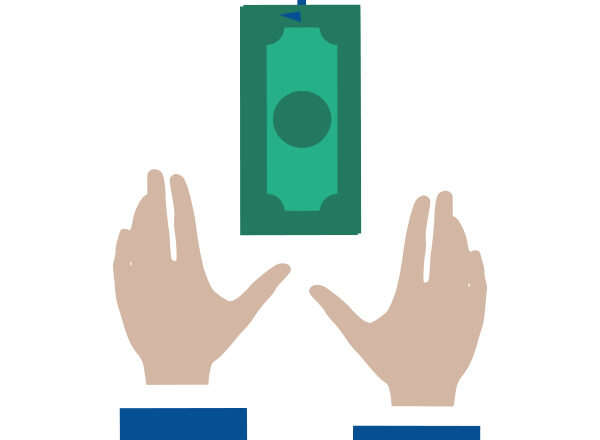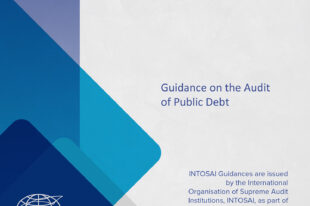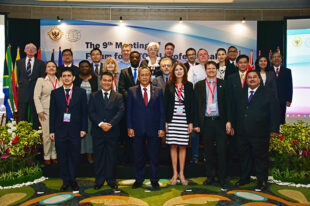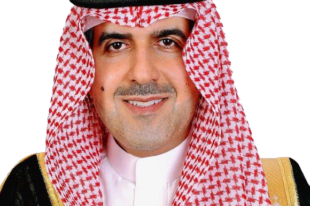The Fight Against Corruption: A Need for Energized Dialogue, Action

by Sammer Ahmad, Director, Office of the Auditor General of Pakistan
Corruption, the abuse of public authority or trust for private benefit—as defined by the International Organization of Supreme Audit Institutions (INTOSAI)—comes in various forms and behaviors, including bribery, embezzlement, extortion, fraud, kickbacks, pilferage, records falsification and theft.
Corruption impedes a country’s development by weakening public institutions and generating distrust within society. The World Economic Forum estimates worldwide corruption costs $2.6 trillion dollars annually.
The formula for enabling corrupt behavior typically includes a lack of accountability, which places auditors in a unique position to help combat corruption, particularly given roles in monitoring and reporting on organizational compliance.
According to the INTOSAI Development Initiative (IDI) 2014 Global Survey, many Supreme Audit Institutions (SAIs) “face considerable challenges in fulfilling mandates to prevent, detect and report on corruption.”
One such challenge: a general lack in dialogue on corruption as it relates to auditing. Research shows that many noteworthy textbooks dedicated to auditing (as a field of study) neglect to comprehensively examine corruption. Some reportedly do not incorporate the topic whatsoever. Further, a review of major financial scholarly works on auditing demonstrates that, while auditors largely acknowledge a responsibility to detect material fraud, they remain reluctant to explicitly include corruption within the overarching concept of fraud—this perhaps due to differing definitions and the absence of clear concept linkages.
International Standards of Supreme Audit Institutions (ISSAI) 1240, “The Auditor’s Responsibilities Relating to Fraud in an Audit of Financial Statements,” maintains that public sector financial auditors are required to remain alert throughout an audit, specifically to the occurrence of fraud. International Standards on Auditing 240 (ISSAI 1240’s counterpart issued by the International Auditing and Assurance Standards Board) defines fraud and briefly mentions the term “kickbacks” as an example of asset misappropriation. Both standards offer no reference to the broader concept of corruption.
A potential consequence: shortfalls in discussing corruption or its forms or behaviors may result in deficient expectations for auditors in assessing the risks of corruption when planning and executing audits.
Another challenge: developing and implementing mechanisms to combat corruption. Theoretically, auditing can play two different roles in the fight against corruption: detection and prevention. These roles are partly interrelated, as detecting corruption can deter future instances. Preventing corruption can result in decreased requirements for detection.
Employing a combination of techniques would be optimal, and the global accountability community can help improve anti-corruption capabilities by:
- More extensively incorporating the concept of corruption throughout international standards;
- Providing formal authority that allows auditors to detect corruption and collaborate with investigative agencies;
- Ensuring auditors address both ends of corrupt activities (giver and receiver) by enhancing cooperative efforts;
- Developing better detection techniques, such as sourcing information through different types of auditors as well as the media;
- Designing and revising audit procedures to address risks of corruption, particularly as new instances are identified; and
- Establishing preventive anti-corruption measures that focus on the “system” of corruption, such as establishing policies that prohibit employees from soliciting or accepting gifts or favors from customers or suppliers; implementing a vendor pre-approval process; developing well-articulated and measurable performance indicators; and building capacities to monitor price trends and investigate significant price variations among bidders.
Though research indicates an overarching need to improve dialogue and action to more effectively combat corruption (in all its forms), INTOSAI has comprehensively addressed the fight against corruption through such actions as:
- Publishing ISSAI 5700, “Guideline for the Audit of Corruption Prevention”;
- Launching the INTOSAI Working Group on the Fight Against Corruption and Money Laundering (WGFACML); and
- Continuing a partnership with United Nations agencies.
Corruption hinders national development; damages public service performance, reputation and credibility; compromises service delivery; and causes hardship to citizens. SAIs are vital to the fight against corruption by reporting on and publicizing audit findings and contributing to a culture of transparency.
More effectively defining, integrating, and raising awareness about corruption by incorporating key concepts into auditing standards, encouraging the use of various anti-corruption oversight tools and techniques, and developing preventative measures, can improve SAI contributions to combat corruption and add value to governments and the citizens they serve.





